

News


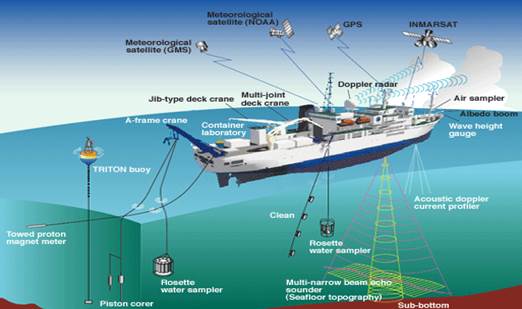
Dynamic positioning (DP) is a computer-controlled system to automatically maintain a vessel’s position and heading by using its own propellers and thrusters. Position reference sensors, combined with wind sensors, motion sensors and gyrocompasses, provide information to the computer pertaining to the vessel’s position and the magnitude and direction of environmental forces affecting its position. Examples of vessel types that employ DP include, but are not limited to, ships and semi-submersible mobile offshore drilling units (MODU), oceanographic research vessels, cable layer ships and cruise ships.
Application
Important applications include:
- Servicing Aids to Navigation (ATON)
- Cable-laying
- Crane vessels
- Cruise ships
- Diving support vessels
- Shuttle tankers
- Survey ships
This is due to the fact that, by the nature of the work performed, these vessels must hold a given position most of the time (for example, supply vessels, drilling vessels and mobile drilling platforms, vessels, ensure diving operations and others) or perform movements from position to position with high accuracy ( cable laying vessels, pipelaying vessels, seismic survey vessels, dredgers and others).
Less often, the DP system can be found on tankers, cruise passenger liners and others.

Elements of the system:
- power supply system;
- ship propulsion system;
- dynamic positioning control system.
The power supply system includes all components and systems necessary for supplying the DP system with energy, namely:
- primary energy sources with all auxiliary systems, including pipelines;
- generators;
- switchboards;
- distribution network (cables).
- ship propulsion system includes:
- thrusters with their motors and auxiliary systems, including pipelines;
- main propellers (screws of adjustable or fixed pitch, wind-steering rotary columns, wing propellers) and steering
- wheels – if they can be controlled by the AF system;
- electronics operating thrusters;
- elements of manual control thrusters;
- cables connected to these elements.
 The DP control system includes all components and systems, hardware, software and software, necessary for the task of the dynamic position of the vessel, and:
The DP control system includes all components and systems, hardware, software and software, necessary for the task of the dynamic position of the vessel, and:
- computer system / joystick control system, satellite interface and software;
- sensor (anemometer for measuring parameters in a wind sensor, sensors (MRU – Motion Reference Unit or VRS – Vertical Reference System) for measuring parameters in a guitar, for a course;
- consolidate (pulti) management;
- system positioning;
- power cables
Classes of DP Systems
DP systems are divided into three classes (according to the degree of reliability):
Class 1 (DP 1). The “loss” of a given position by a ship can occur in the event of any single malfunction.
Class 2 (DP 2). “Loss” of position does not occur in the event of a single failure of any subsystem or component (propulsion, sensor, control console, etc.), including cables, pipes, etc.
Class 3 (DP 3). The term “single fault” includes, in addition to the faults specified for Class DP-2, the complete failure of all components within one waterproof or fireproof compartment due to fire or flooding.
LAST NEWS

PETITION FOR SEAFARERS
Dear seafarers❗️ A petition appeared regarding the possibility of obtaining a seafarer’s passport abroad. The petition was filed by the USU organization today. Lin for signatures: https://petition.kmu.gov.ua/petitions/6082
IMPRORTANT INFORMATION
‼️Important information for seafarers regarding foreign passports‼️ Dear Ukrainian sailors who are abroad! We remind you that all citizens of Ukraine have the opportunity to renew their foreign and domestic passports at the mobile points of the DP Document Center in Europe (Italy, Spain, Poland, Czech Republic, Germany, Slovakia) and in Istanbul, Turkey! Take care […]
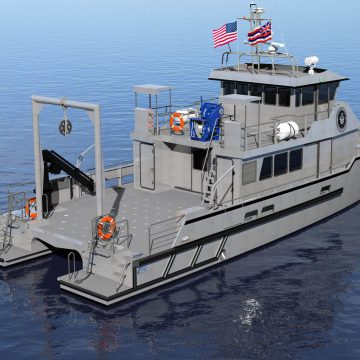
Interesting: Innovative Vessel Being Built for Hawaiian Marine Research
An innovative research vessel is being built for the University of Hawaii at Manoa and the University of Hawaii Foundation (UHF) on behalf of the Hawai’i Institute of Marine Biology (HIMB) to allow them to access and study marine environments in the Hawaiian Islands. The unique design of the vessel will be fundamental to meeting […]

IMPORTANT: LOOKING FOR SUPERINDENDENT
All info in this post!
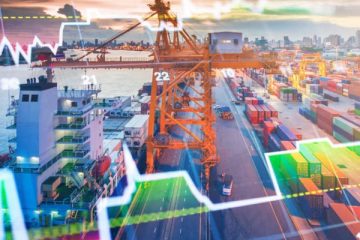
Technologies that will change the future of shipping
Not long ago, UNCTAD published its traditional annual review of the maritime industry Review of Maritime Transport 2018, which contains in-depth internal analysis of shipping over the past year and a fairly accurate forecast for the next few years. According to experts, the shipping industry shows good results. In 2017, the increase was 4%, and the […]
Seaspan Forum 2023
Seaspan Officers’ forums are about elevating skills and knowledge, offering a chance to reconnect with familiar faces and colleagues. This year, the forum was held in Constanța, Romania! We eagerly await the presence of Seaspan Seafarers.
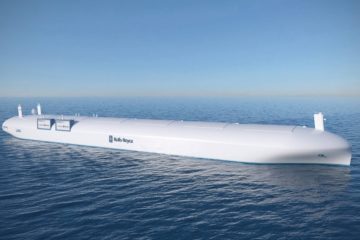
Sea drones: a toy or the technology of the future
The crew of the average merchant vessel of the year in commercial production in 1860 is about 250 people. In 1880 there were about 140 people. By 1900, when steamships forced out the sailboats, it finally fell to 100 people. The crew of the diesel commercial vessel in the middle of the 20th century is […]
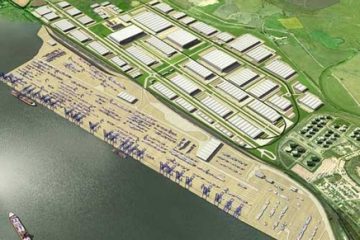
World ports: global port construction and reconstruction projects
The global port construction market is recovering from the recession, many projects are under development and implementation. As in many other industries, the global recession had a negative impact on the seaport construction market, the construction of new ports and terminals and the reconstruction of old ones were delayed or even canceled due to a […]
Interesting: by 2033 the deadweight of the world merchant fleet will be 3 billion tons
For 13 years, the total tonnage of ships has doubled and this is not the limit. In 2006, the global merchant navy reached a billion dwt. To date, the deadweight of the world merchant fleet has passed the mark of two billion. And by 2033, three billion are predicted, but if the growth rate is […]





